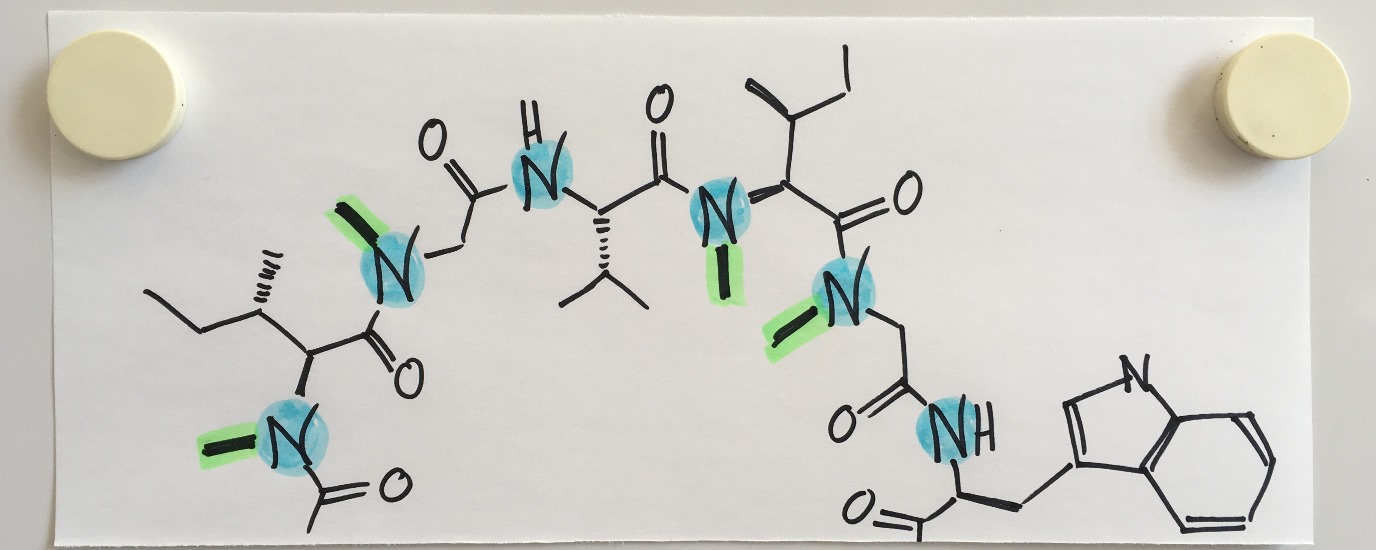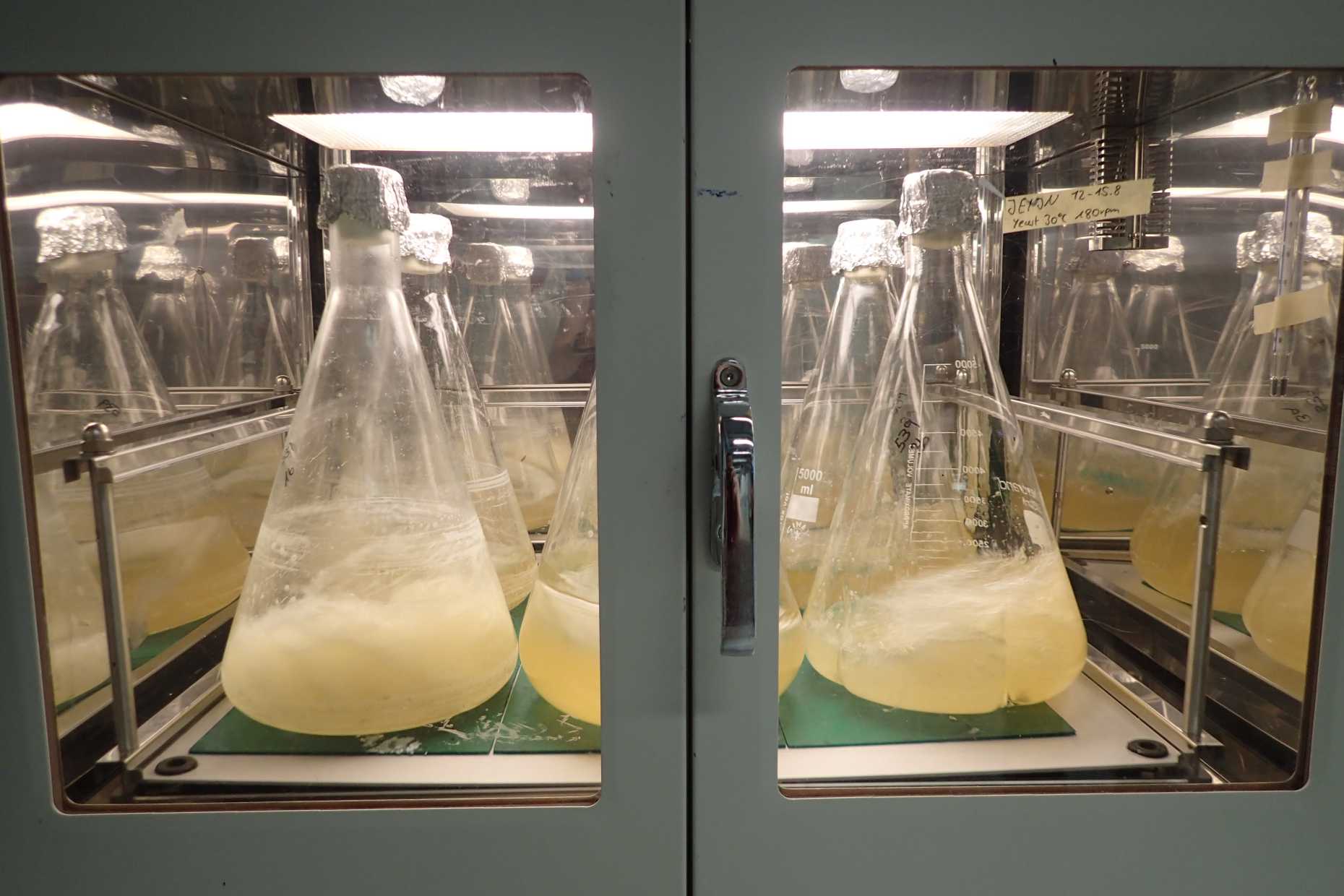From an underdog to a top therapeutic agent
Despite their proven effectiveness and selectivity, peptides are rarely used as therapeutics. One reason is their rapid degradation in the human body. Professor Markus Künzler presents an enzyme that can be used to give these outsiders among the therapeutics a fresh boost.

Why do you focus on the outsider “peptide” in your search for new active substances?
Most, if not all, processes within cells are controlled by protein-protein interactions. Peptides are shorter or longer sequences of specific amino acids connected as in proteins. Thanks to their size and structure, they are ideally suited to positively or negatively influence cellular processes by bonding to the respective proteins. This way, peptides can, for example, suppress the immune response or kill bacteria.
What is the problem with peptide therapeutics?
Peptides have two significant drawbacks: First, they have the same structure as the body’s own proteins and peptides, which is why they are rapidly degraded in the human body. Second, peptides are only capable of passing the cell membrane and reaching target proteins inside the cell to a limited extent, which means that the peptides do not reach their optimal site of action in the first place.
How do you give peptide therapeutics a boost?
We introduce additional building blocks into the peptide to protect it against premature degradation inside the body while making it easier for it to enter the cell interior. To be precise, we introduce methyl groups. Cyclosporin A, one of the few orally available peptide therapeutics, is modified this way. This peptide has been successfully used as an immunosuppressant for organ transplantations since the 1970s.

How are the additional building blocks introduced into the peptide?
The enzyme of a fungus helps us to introduce the additional building blocks. The peptide chain moves through a tunnel-like opening of the enzyme and receives additional methyl groups when leaving the “tunnel”. The special thing about the enzyme is that it accepts and modifies peptides with very different sequences. This means that – besides the original natural product – we are able to generate proprietary peptides and have additional methyl groups added to them. It is our aim to use the enzyme to create large libraries of new peptides that cannot be found in nature and screen them for new active substances. Thus, the enzyme helps us with a process that would otherwise be chemically very complicated and elaborate.

How can the industry get involved?
We are currently testing our enzyme for its promiscuity, i.e. for the diversity of peptides that can be modified with it. Together with an industry partner we could speed up this test phase and start screening for active substances in the near future. Interested industry partners are welcome to contact us.

Contact / Links:
Prof. Markus Künzler, Institute of Microbiology
Publications about this project: external pageNat. Chem. Biol. 2017, 13, 833-835call_made, external pageSci Adv 2018, 4, eaat2720call_made
News about this project: A toolbox for creating new drugs
Patent application: US2019112583 (A1), NOVEL MULTIPLY BACKBONE N-METHYL TRANSFERASES AND USES THEREOF
Do you want to get more "News for Industry" stories?
external pageSubscribe to our newslettercall_made
external pageFollow us on LinkedIncall_made
Are you looking for research partners at ETH Zurich?
Contact ETH Industry Relations
